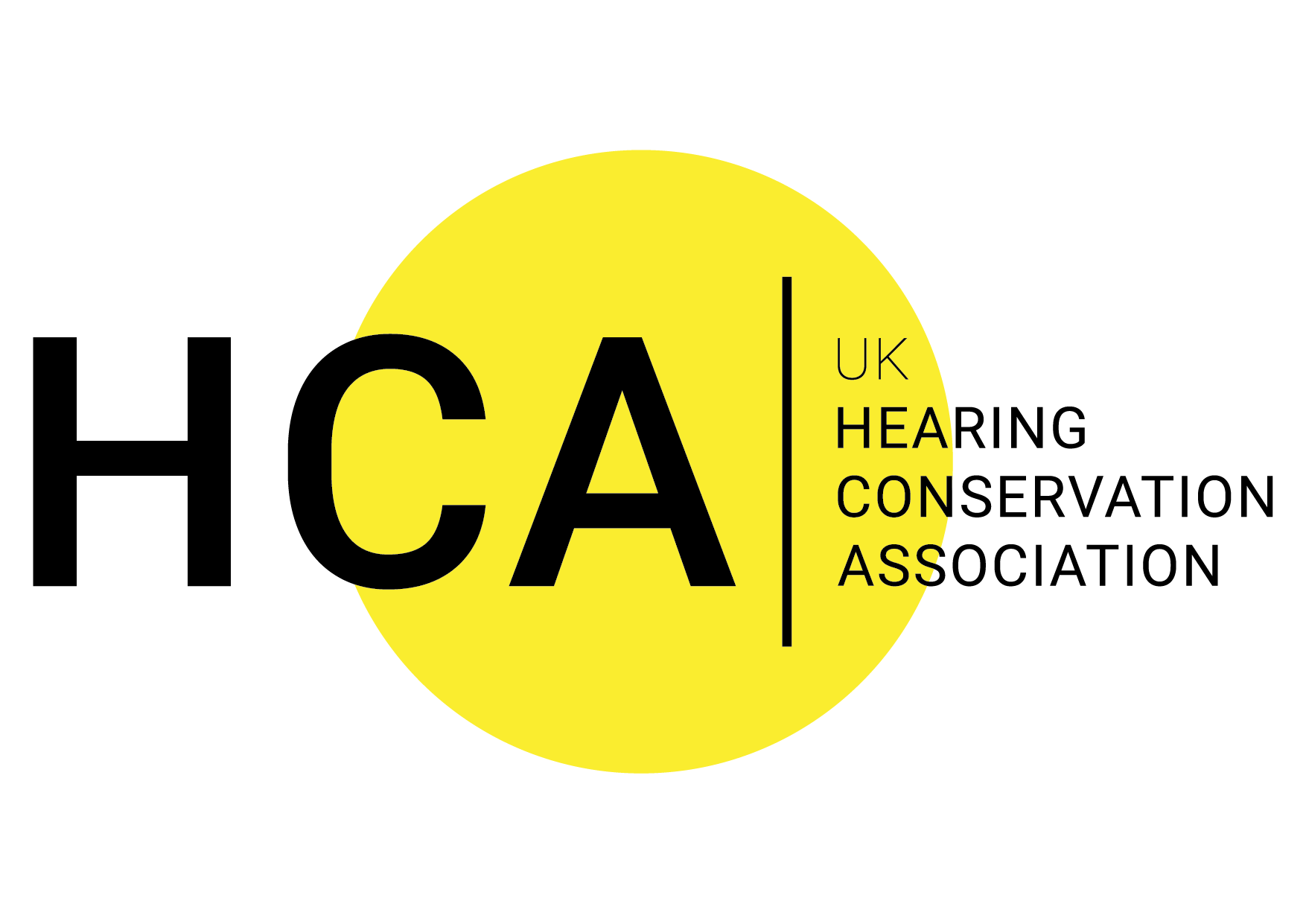Top 10 Noise Control Solutions
Vibration Control
- Vibration damping
reduce noise from guards, hoppers, conveyors, tanks etc by adding constrained layer damping that is both rugged and hygienic. 5dB – 25dB attenuations are often practical at a cost of a few £hundred or less.
- Vibration isolation pads
isolate motors, pumps, hydraulics from noise amplifying sounding boards. Noise reductions of 3dB – 25dB often possible at £30 – £100.
Fans
- Fan installation and efficiency
maximum efficiency = minimum noise. Ensure that ductwork and fan installation geometry allow smooth passage of air. 5dB attenuation typical – self-financing
- Aerodynamic fan noise control – silencing without silencers
retro-fit aerodynamic modifications can reduce noise and give higher efficiency – can be self-financing. 5dB – 25dB attenuation.
Pneumatics
- Pneumatic exhausts
- Pneumatic nozzles
efficient entraining nozzles that produce less noise (10dB+) and use 20% less air for the same performance – self-financing and profitable.Machines
- Chains and timing belts
simple modifications to reduce noise levels; splitting belts, tension and using low noise designs. 5dB – 15dB attenuation, negligible cost.
- Electric motors
some are easily modified (fan silencing); modern high efficiency units are also quieter. 3dB – 12dB attenuation at £100 – £600 cost.
- Hydraulic power packs
many are designed to maximise noise levels – easily corrected via vibration isolation and flexible hoses. 5dB – 20dB attenuation often practical at £200 – £900.Existing machine guards
- Convert to acoustically effective guards
existing safety guards can often be modified to make them effective acoustic guards by reducing openings and introducing some acoustic absorbent inside at convenient locations (hygienic absorbent is also available). 3dB – 15dB at £100 – £1000.
Noise at Work?
Find list of resources to help you
Music and Entertainment
Resources for those who work in the Music and Entertainment sector.
Headphone Use
Find out how to protect your hearing



